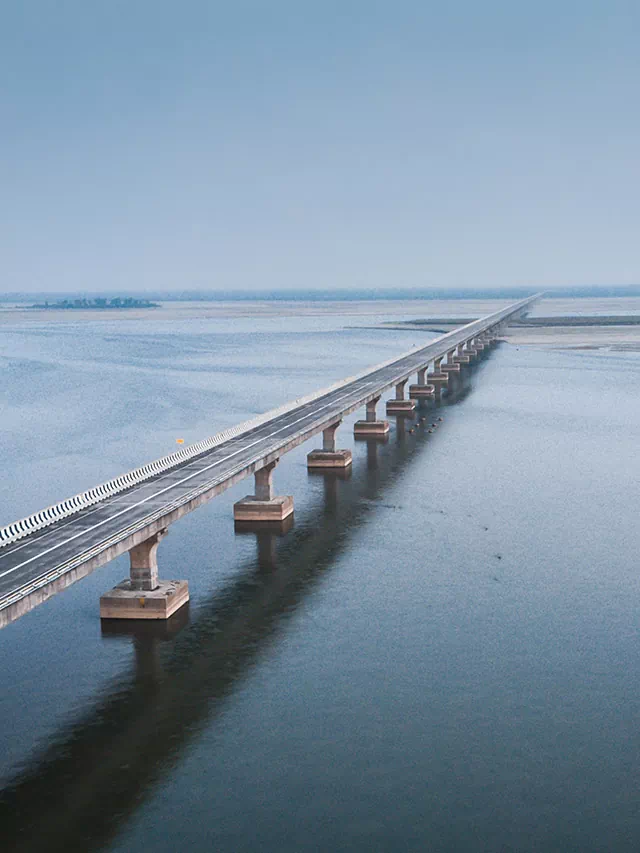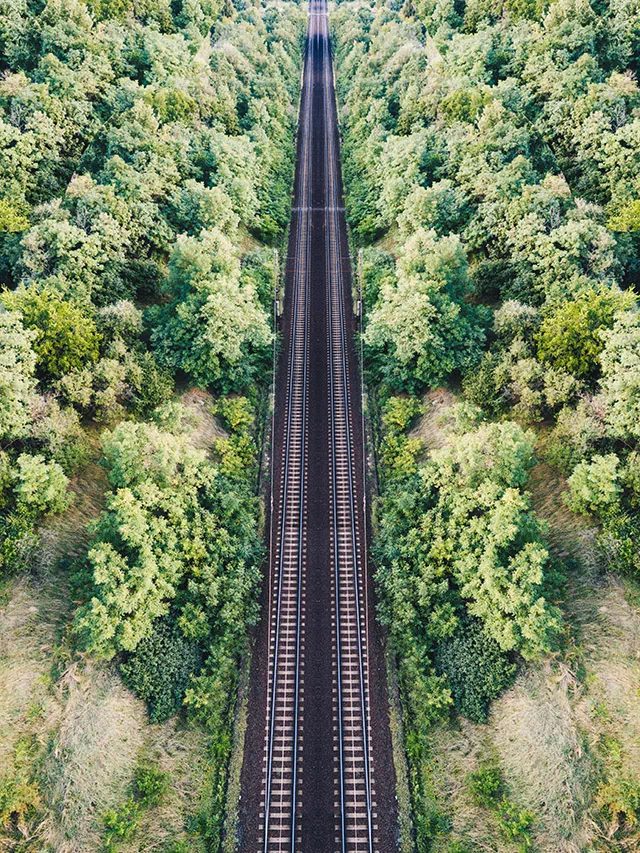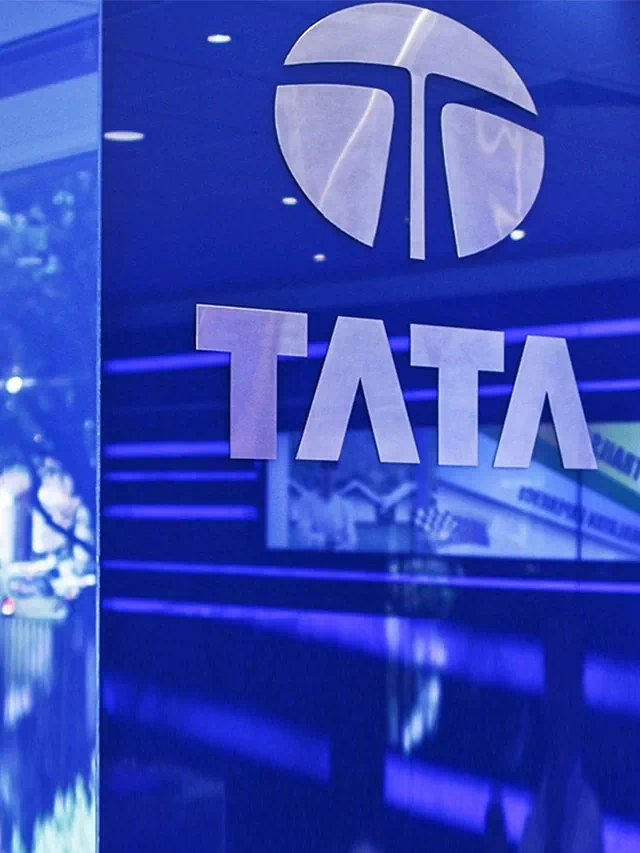The Dhola–Sadiya Bridge, also known as the Bhupen Hazarika Setu, is the longest bridge in India. It is a cable-stayed bridge that spans the Lohit River, a tributary of the Brahmaputra River, in the northeastern state of Assam. The bridge is 9.15 kilometers (5.69 miles) long and was built to connect the towns of Dhola and Sadiya. It was officially opened to the public in 2017 and has greatly improved transportation links in the region.
The Dhola-Sadiya Bridge is a major infrastructure project in India, and it was constructed to address the lack of a permanent crossing over the Lohit River in Assam. The bridge is located in a remote and geographically challenging region, and it was built to withstand the impact of earthquakes, floods, and other natural disasters. The bridge has three lanes and is able to accommodate both light and heavy vehicles. It has greatly improved connectivity in the region by reducing the travel time between Dhola and Sadiya from six hours to just one hour. The bridge has also played a vital role in the economic development of the area by facilitating trade and commerce.
The largest bridge in India is the Dhola-Sadiya Bridge, also known as the Bhupen Hazarika Setu. It spans the Brahmaputra River in the northeastern state of Assam, connecting the towns of Dhola and Sadiya.
The bridge is 9.15 kilometers long and has a width of 11 meters. It was built at a cost of Rs. 2,056 crore and was opened to the public in 2017. It is a cable-stayed bridge, with a main span of 700 meters, making it the longest such bridge in India.
The construction of the Dhola-Sadiya Bridge was a challenging task due to the difficult terrain, harsh weather conditions, and the fast-flowing Brahmaputra River. The bridge’s foundation was built on piles, which were drilled up to a depth of 40 meters.
The bridge is not only an engineering marvel but also a major boost to the region’s economy. It cuts down the travel time between the two towns from six hours to just one hour. It also provides a vital link for the people living in the region, many of whom are dependent on the Brahmaputra River for their livelihoods.
The bridge also has strategic importance as it provides a vital link for the Indian Army in the region, which shares a border with China. The bridge also helps in the development of the region as it connects the districts of Tinsukia, Dibrugarh, Sivasagar and Charaideo.
Overall, the Dhola-Sadiya Bridge is a testament to India’s engineering prowess and a major infrastructure development for the region and the country.



